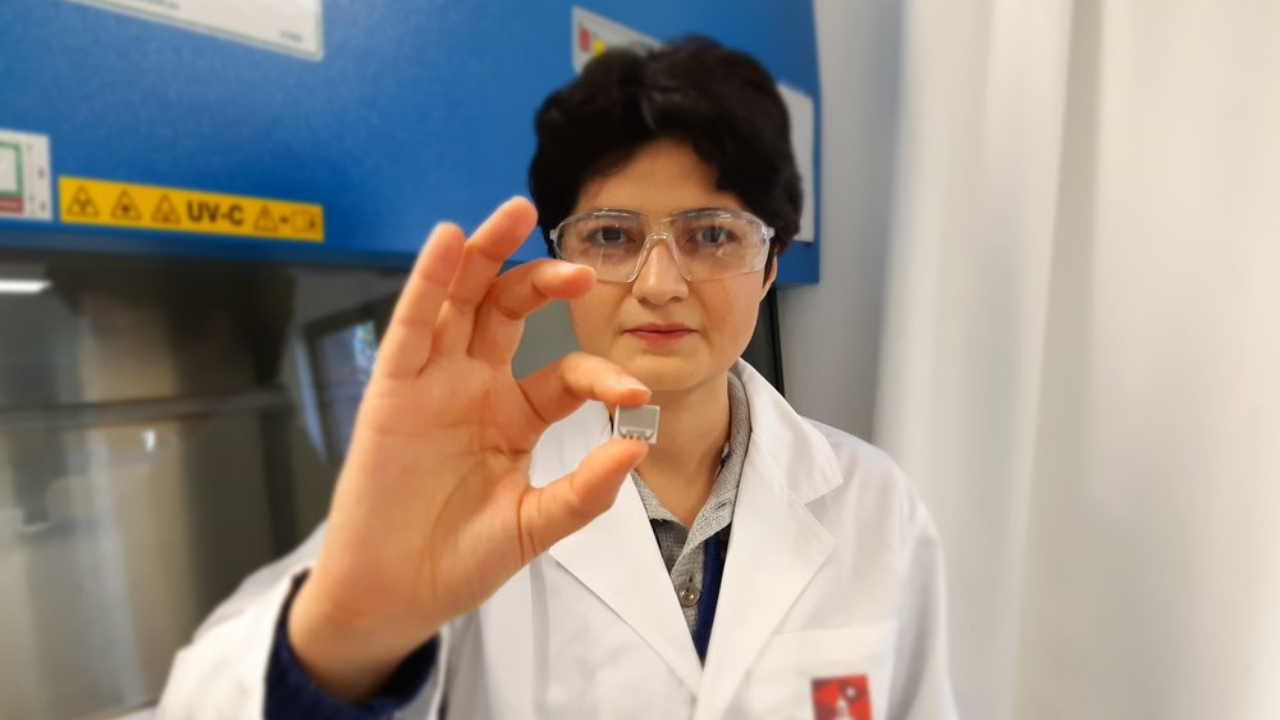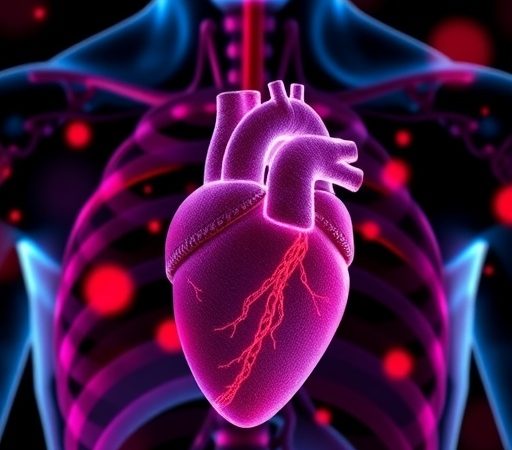Meet the Woman Building a Breathalyser for Diabetes

In 2012, Dr Noushin Nasiri packed up her life in Iran and headed on a plane to Australia. A materials engineer, Nasiri was excited to put her knowledge to good use once she arrived, hoping to develop a magnesium alloy to reduce carbon emissions in cars. But it was a brief conversation she had once the plane was getting ready for landing that stuck with her for a few months. She then changed her mind – she knew she had to work on something that would benefit people directly.
Nasiri is currently working on developing a new generation of cost-effective, miniaturised, yet powerful, sensing technology for recognising chemical molecules.
Gizmodo Australia asked her how she landed (that’s the last flight pun, I promise) on the idea. After thinking about the biggest healthcare concerns in Australia, she settled on battling diabetes or at least making diagnosis and treatment easier for those living with it.
“[I thought], for example, what if we have a tiny device that we can send it to people’s houses and save them from going to the doctor very frequently, or actually saved them from not being monitored very frequently,” Nasiri said.
After reading far too many scientific papers about sensors, Nasiri said she came to the conclusion that sensors really are going to be everywhere, and that they have more than just a place in healthcare, that they can revolutionise it.
“We’re going to have sensors doing everything for us; they’re going to check our metabolism, the weather, air pollution – they’re going to check everything for us, and that’s how I started working on tiny, tiny sensors,” she explained.
But this isn’t her first foray into nanotechnology. Previously, Nasiri used tiny sensors to detect how much UV is absorbed by an individual’s skin. But for this new project, she’s working on a tiny sensor that can analyse human breath and separate one gas out of the 2,000 gases that you have in your breath, to determine if you have diabetes and, to monitor your condition if you do.

How does it do that, exactly?
Well, Nasiri explained that one gas is acetone, something which is relevant to a diabetic patient.
“You can monitor their glucose level in their blood through monitoring the level of acetone in their breath,” Nasiri explained.
“When someone has diabetes, usually they don’t have functioning insulin to deliver the glucose to the body cells and glucose is actually the source of energy of the body … that’s how our body functions, because glucose is like a fuel for us.
“If you don’t have functioning insulin to deliver that glucose to your body cells, then the body burns fat … it actually changes the chemistry of your body in many different ways.”
One of them is ketone, and acetone is in the category of ketone. If you have too much fat burning in your body, then you have a higher level of acetone in your breath.
Nasiri wanted to utilise this phenomenon, removing the need for those with diabetes to have to prick their finger constantly.
“Instead of pricking fingers, you can actually breathe onto the sensor to measure what is the concentration of acetone in your breath. And, based on that, we can tell you what is the level of glucose in your blood,” she explained.
While this tech isn’t yet commercially viable, if you can picture a breathalyser, that’s very similar to how this would work.
“My ideal dream … in future, I would say it’s going to be the size of a USB,” she said. One that is then connected to, say, an app on your phone to give you all of the required data.
The possibilities of this type of tech are absolutely endless.
Be the change
Nasiri’s work in nanotech saw her awarded a L’Oréal-UNESCO For Women in Science fellowship last night. Women in STEM fields aren’t always highlighted and its great to see a company like L’Oréal get behind such awesome work.
While Nasiri’s research is extremely important to the future of healthcare, it’s also an important story to tell, so I asked her what she would say to her younger self if she could go back in time.
“I wish I had the chance of seeing successful women, successful female researchers, because I didn’t have that chance,” she said. “When I was 20, [doing my] Bachelor, we had only one female professor in our school of materials science and engineering and it was very difficult to picture yourself as a successful scientist because it was one out of 40.
“You can’t picture yourself there, because you think that that one was an exceptional person and not everyone can be exceptional.”
Her message is one we can all get behind:
“Women will get more visibility and you will get more visibility and maybe maybe life is hard for you at this stage, but when you get [there], please try to be more visible for the next generation, because we’re really missing half of the talent in this field because, simply, successful women don’t get the visibility,” she said.
If you’re a young woman in STEM reading this, make some noise. The world is yours for the taking.


